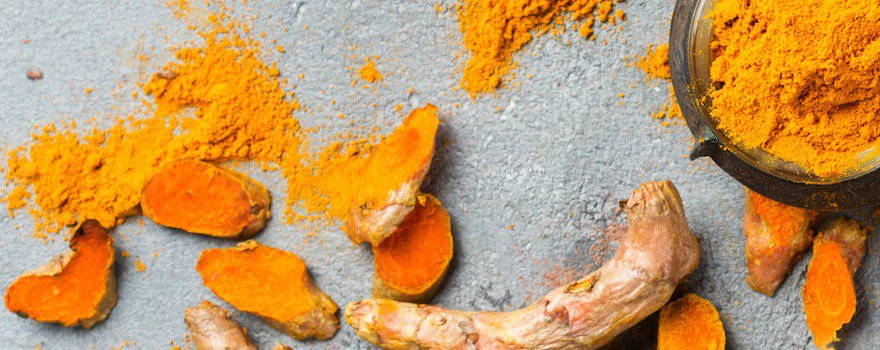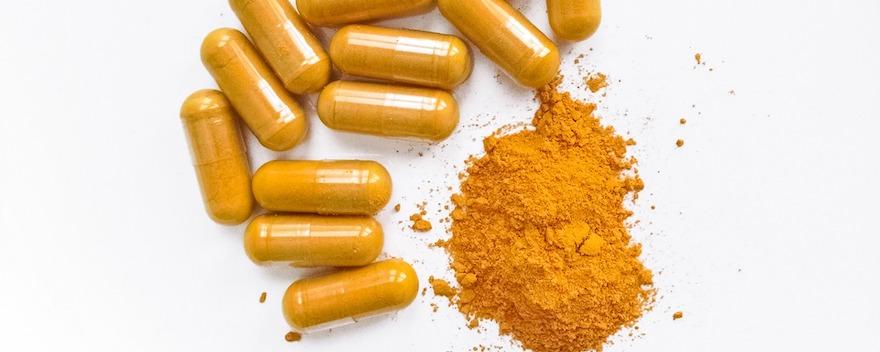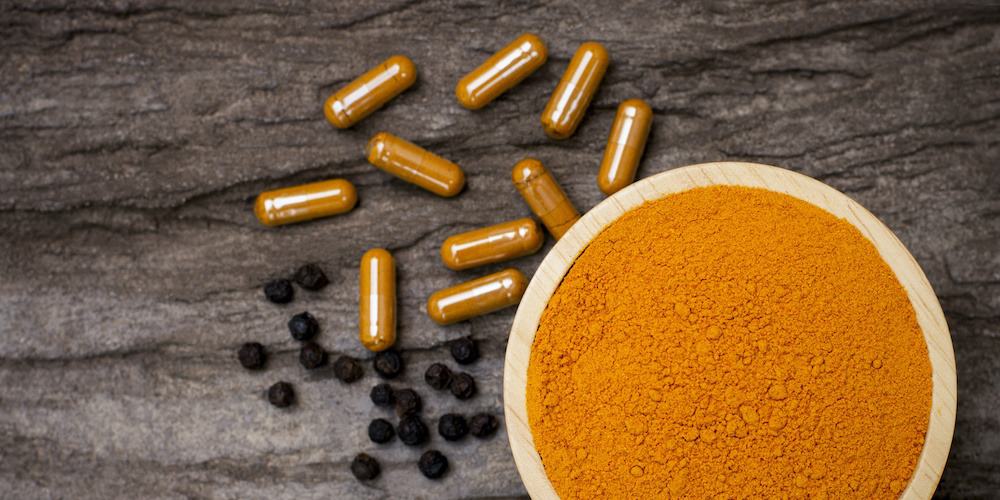What is it?
The virtues of curcumin
Curcumin is a natural molecule found in the rhizome of turmeric. On the one hand, it is the pigment that gives it its yellow-orange color. On the other hand, it is the active principle responsible for its medicinal properties.
Curcumin notably exerts an anti-inflammatory action. Thus, it combats chronic inflammatory diseases (arthritis, irritable bowel, Crohn’s disease, etc.). It also improves the symptoms of osteoarthritis.
As a polyphenolic pigment, it is also a powerful antioxidant as shown by this study. It neutralizes free radicals responsible for cellular aging while stimulating the body’s antioxidant enzymes. It also presents potential anti-cancer properties.
Read also | How to choose the best curcumin?
Finally, curcumin is recognized for its beneficial effects on mental well-being. It acts as a natural anti-stress to reduce anxiety and combat depression. Furthermore, as shown by this study, it increases serotonin and dopamine levels.
Piperine, a cofactor
If you are looking for a curcumin-based dietary supplement, you will find that it is often combined with piperine. This natural alkaloid is derived from black pepper. It is responsible for the spiciness and the sneezing reaction.
But piperine is not only an active principle. It is also used as a cofactor in the formulation of dietary supplements.
Cofactors help improve the absorption of an active ingredient, that is, its ability to cross membranes and reach the intestine.
However, some molecules, including curcumin, have low absorption capacity and cannot cross the intestinal mucosa. Insoluble in water, they often have too high a molecular weight.
To overcome this problem, it is combined with a cofactor: piperine. During this study in 1998, it enabled better absorption of curcumin in our body, up to 20 times more.
Thus, combining them seems to be the best way to benefit from the virtues of curcumin. But is it really the case?

Combining curcumin and piperine, for what results?
Limited effectiveness
Since the 1998 study, very few researchers have observed such significant results. Studies often show limited effectiveness of the curcumin/piperine combination.
If the use of piperine as a cofactor effectively increases the bioavailability of curcumin, the improvement rate is often less than 10%. Far from the 2000% achieved by Professor Shoba.
Potential risks
Researchers have also highlighted the potential risks of this combination. The results of this study show that piperine may promote intestinal hyperpermeability. In this case, the intestine allows undesirable substances like heavy metals to pass through.
These results should nevertheless be relativized, as they were obtained on rats and at high doses. No other study has confirmed this side effect.
How to best enjoy the benefits of curcumin?
For curcumin absorption to be optimal, the dietary supplement should have a ratio of 1 mg of piperine for 100 mg of curcumin.
However, this is rarely the case, as the price per kilo of piperine is very high. And manufacturers often do not indicate its content.
Some also integrate vectorized curcumin. It is not combined with piperine but grafted onto a vector to increase its absorption. During this study, this technique showed superior absorption compared to a traditional curcumin/piperine combination.
It is also sometimes encapsulated in a fatty substance as curcumin is liposoluble. It can thus be transported and cross the intestinal wall.




